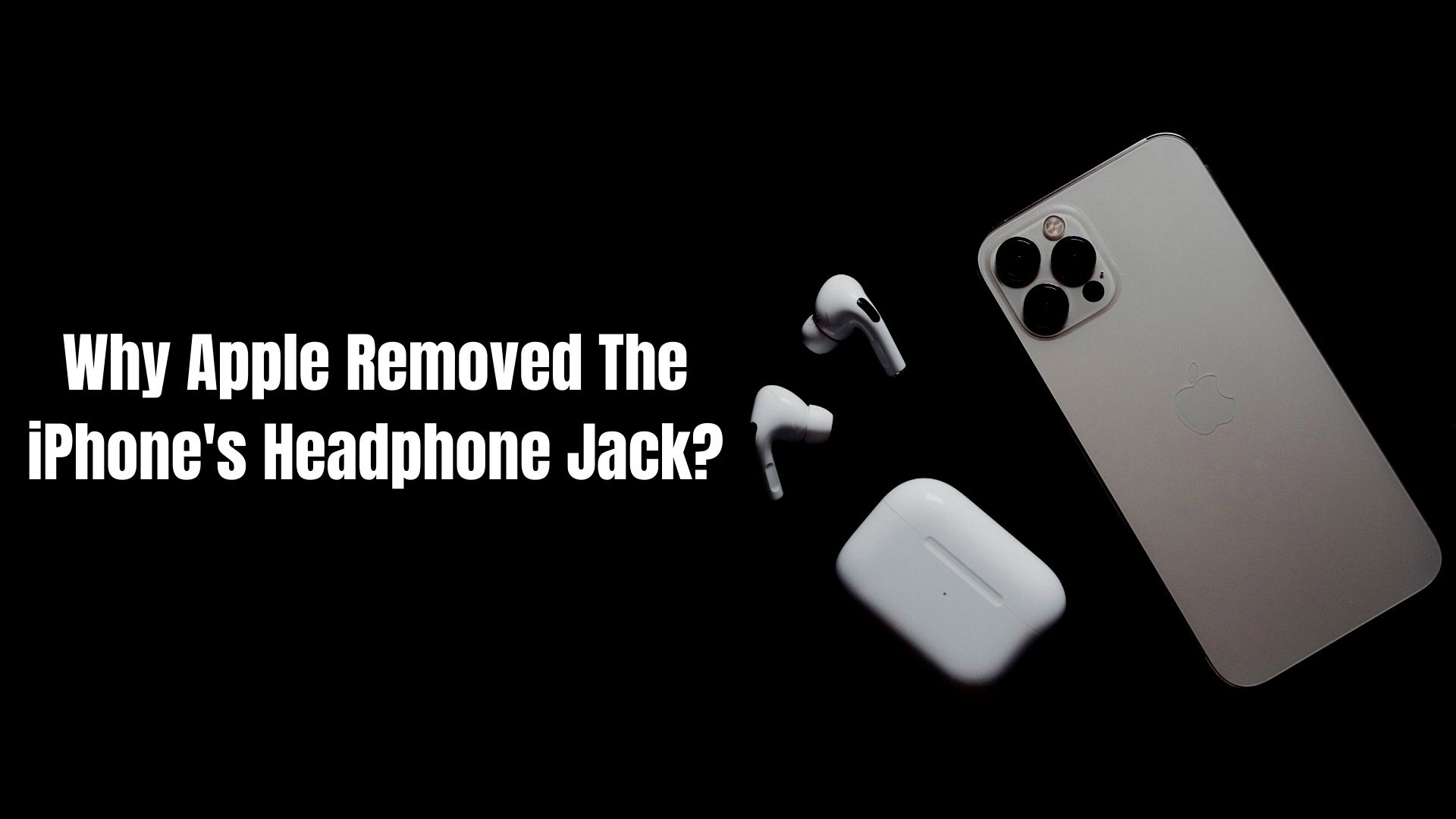Why Apple Removed the Headphone Jack from iPhones
The Rise of Wireless Headphones
Apple made a major push for wireless headphones with the removal of the headphone jack from iPhones. Wireless headphones like Apple’s AirPods became one of the main options for listening to audio on new iPhones without an adapter. As the market leader in wireless headphones through the acquisition of Beats, Apple stood to gain significant revenue from AirPod sales following the jack’s removal. Making the flagship iPhone wireless-only encouraged more users to purchase Bluetooth headphones rather than rely on wired options. This helped boost AirPod adoption and create a new revenue stream for Apple through accessory sales.

Tightening Control over the iPhone Experience
By removing the universal 3.5mm jack, Apple gained greater control over how users interact with and expand the capabilities of their iPhones. Now users need to use Lightning headphones and accessories approved by and purchased from Apple. This tightened Apple’s grip on the iPhone ecosystem. Users could no longer freely use third-party headphones or accessories without an adapter. By restricting options to its own proprietary technologies like Lightning and Wireless, Apple maintained tight control over the iPhone experience from both a software and hardware perspective.
Protecting Partner Revenue with Beats
One of the major factors influencing Apple’s decision may have been protecting revenue for Beats, the high-end headphone brand it acquired in 2014 for $3 billion. With the headphone jack still present, users had the choice of cheaper but equally good-quality wired headphones from many third-party manufacturers. Removing the jack encouraged users toward the more expensive wireless options where Beats dominated as the premium brand. This helped preserve Beats’ profit margins and ensured the acquisition continued delivering returns for Apple.
Futureproofing for Innovation
As smartphones grew thinner over time, Apple claimed the headphone jack had become an obstacle limiting further innovations. By removing it, Apple gained valuable internal space freed up for new technologies. This included improvements like larger camera sensors, larger batteries, and potentially emerging techs like ultrasonic fingerprint sensors. The jack’s removal helped Apple design iPhones with futures’ needs in mind rather than being constrained by older ports. It positioned the company to quickly integrate new, space-hungry innovations before competitors as smartphone dimensions progressively shrank.
Enhanced Water Resistance
While water resistance was possible even with a headphone jack, removing the port did allow for increased protection against liquids. Fewer openings mean fewer points of vulnerability for water to potentially damage internal components. Apple leveraged this angle to help justify the controversial jack removal to consumers concerned about durability. The water resistant redesign protected iPhones from accidental liquid contact to an extent without the need for additional protective casings.
Simplified, Symmetrical Design
Apple framed its decision partly around creating a simpler, more symmetrical device design. Without the asymmetric headphone jack breaking the clean lines on the bottom of iPhones, Apple was able to achieve what it viewed as a superior aesthetic. The company emphasized modernizing the iPhone look by removing the “old-school” port. This design-focused narrative also fed into arguments around preparing iPhones for the portless future as wireless charging and connectivity advanced.
